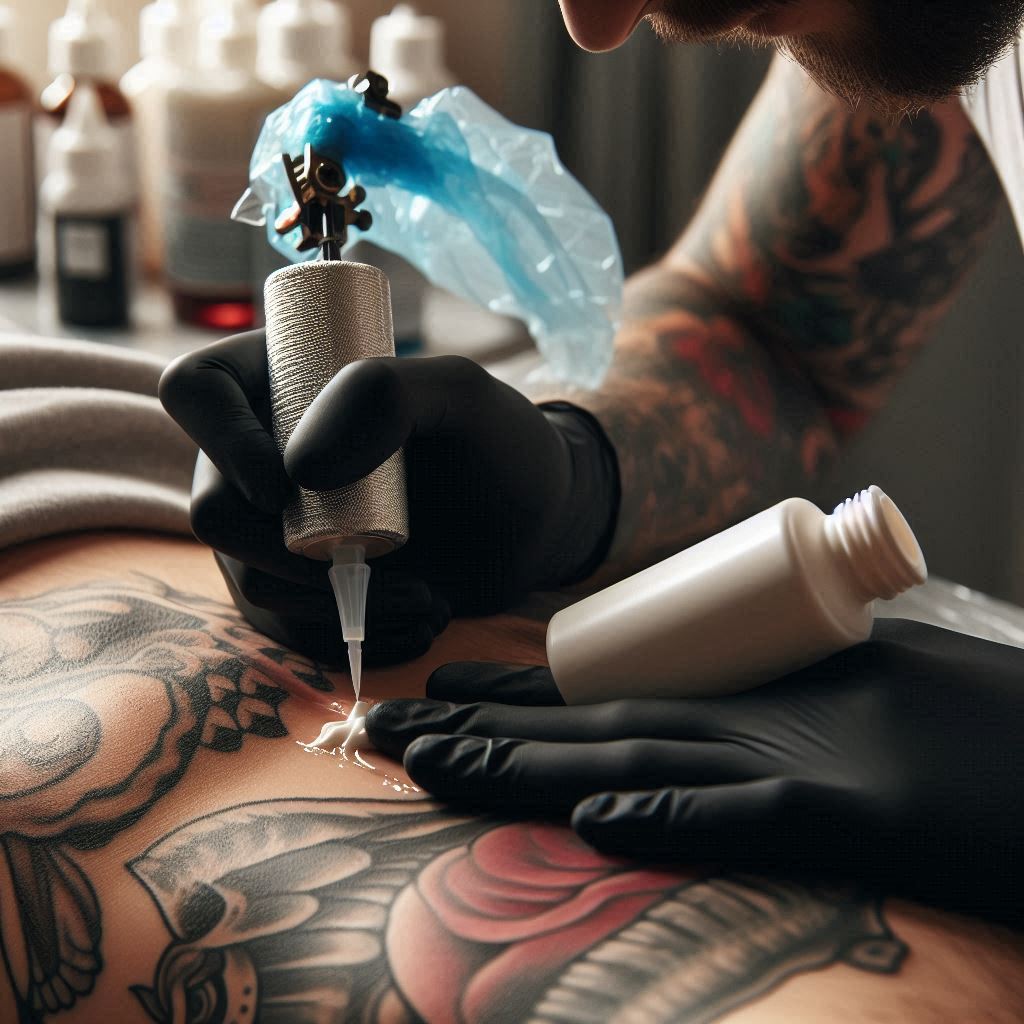Introduction: How Do Tattoo Numbing Creams Help with Pain?
Tattoo numbing creams help reduce pain by temporarily numbing the skin with active ingredients like lidocaine or benzocaine. When applied before a tattoo session, they block nerve signals, making the area less sensitive and allowing you to tolerate the discomfort of the tattooing process better.
What Are Tattoo Numbing Creams?
How Do Tattoo Numbing Creams Work?
Tattoo numbing creams are topical creams that help minimize pain while getting a tattoo. The creams have active ingredients such as lidocaine, prilocaine, or benzocaine, which temporarily numb the surface of the skin, making the tattooing process less painful. By using the cream before your tattoo session, the skin is less sensitive, and you can endure longer sessions without pain. While they don’t eliminate pain altogether, they can make it significantly more bearable, especially for newbies or those with lower pain tolerance.

H4: How to Use Tattoo Numbing Cream
The right use of tattoo numbing cream is required for optimal effects. Generally, you should apply the cream at least 30 minutes before your tattoo appointment. Follow these steps to achieve maximum benefits:
- Wash the skin to allow removal of oils and dirt.
- Apply a thick layer of numbing cream on the skin.
- Cover it with plastic wrap to allow the cream to penetrate deeply.
- Allow the cream to take full effect (approximately 30 minutes).
- If in doubt, refer to instructions that accompany the cream, as some brands have specific guidelines.
Are Tattoo Numbing Creams Safe?
Is It Safe to Use Numbing Cream on Your Skin?
Tattoo numbing creams are generally safe when used as directed. However, there are some precautions to take. Always patch-test the cream on a small part of your skin before applying it to a larger area to ensure you’re not allergic to any ingredients. Overuse or improper application could cause skin irritation or other unwanted effects. It’s also necessary to prevent the application of numbing creams on irritated or broken skin since this can raise the risk of side effects.
Possible Side Effects of Numbing Creams
While rare, some individuals can experience side effects such as redness, swelling, or a rash. One should follow the recommended dosage and not apply too much of it. If a bad reaction occurs, wash off the cream immediately and consult with a healthcare professional.
How Do Numbing Creams Affect the Tattooing Process?
Do Numbing Creams Affect Tattoo Quality?
There are certain tattoo artists who would be concerned about the way numbing creams affect the tattooing process. One of the most common myths is that numbing creams could interfere with the tattoo ink or numb the skin too much to be able to cope with the needles properly. The reality is, numbing creams rarely have an impact on the final outcome of the tattoo if used correctly. The answer is to speak with your tattoo artist in advance so that they are comfortable working on a numbed spot. Remember that while numbing cream makes the experience more comfortable, it does not remove all pain and some pain cannot be prevented.
Are Numbing Creams Suitable for All Tattoo Sessions?
Not all tattoo sessions require numbing cream. Smaller tattoos or less sensitive spots may not need additional pain relief. Larger tattoos or tattoos in more sensitive areas (such as ribs, spine, or feet) can be assisted with the use of numbing cream. If you are unsure if you will need it, speak with your artist before your session. They will give you an idea of what to expect based on the size and location of the tattoo.
How Do You Take Care of Your Skin After a Tattoo?
What are the Best Practices for Skin Care on New Tattoos?
After you have got a tattoo, you must take care of your skin in the proper manner so that your skin heals well and your tattoo remains colorful. Here is how you can take care of your tattooed skin:- Clean Gently: Clean the tattooed area with mild soap and water. Do not scrub or use harsh chemicals.
- Moisturize: Use an aftercare lotion or ointment to keep the skin moist and aid in healing.
- Avoid Sun Exposure: Keep the tattoo out of direct sunlight to avoid fading and irritation.
- Wear Loose Clothing: Keep the tattooed area from being irritated by tight clothing or friction.